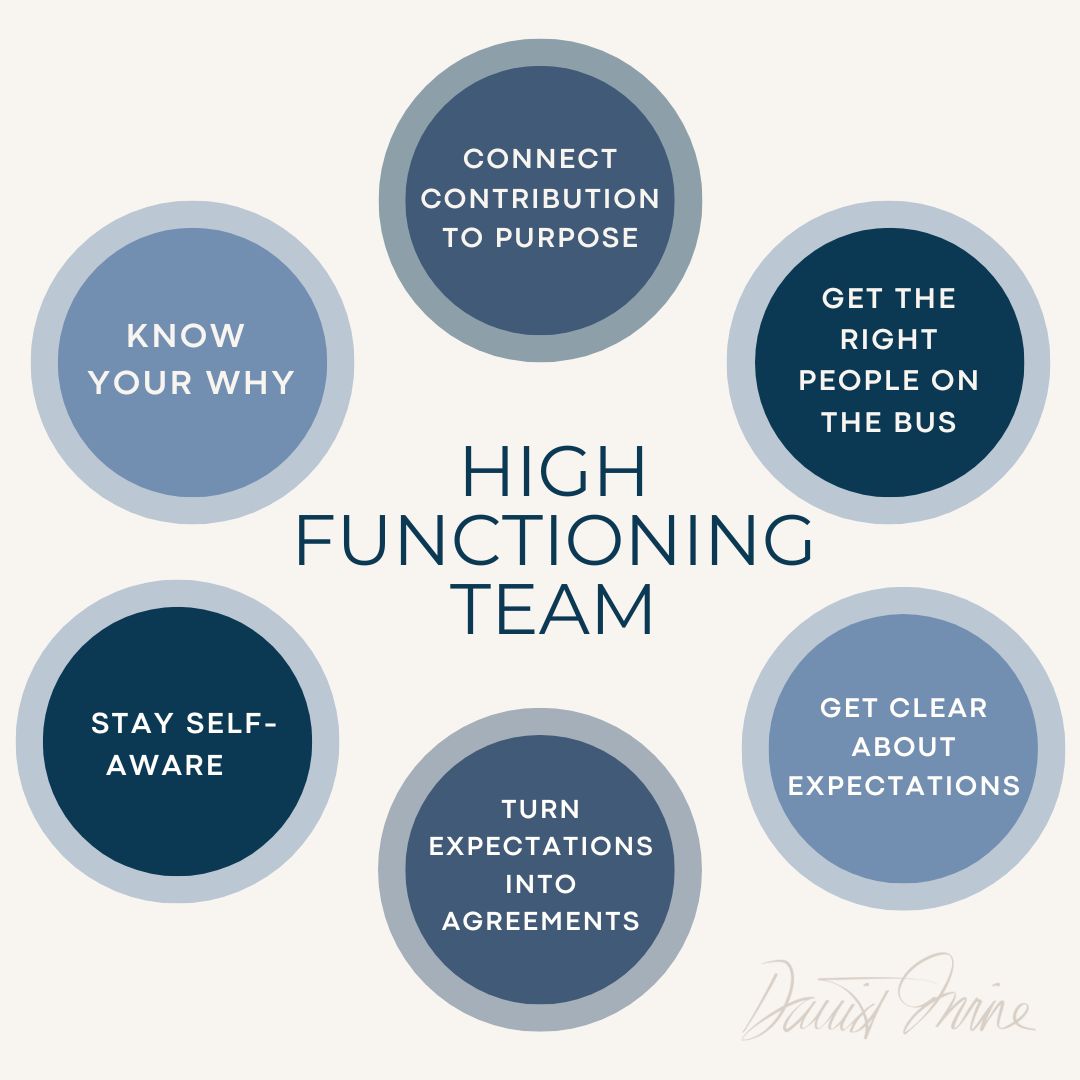Last Thursday I had the good fortune of attending a one-day Lean 101 course, hosted by POS Bio-Sciences in Saskatoon. The Lean approach has been integral to their success, and I wanted to learn first hand how the tool of Lean is used to help build the “POS Way.” POS has inspired me over the years by their leadership, innovation, and customer driven entrepreneurialism.
I also had another reason for attending. Being passionate about accountability, I wanted to learn how the Lean management approach can help strengthen the accountability process I help organizations implement.
What I learned about Lean
Lean is a philosophy, an approach to business, and a set of tools designed to eliminate waste while adding value for the customer. At its core, business is a set of processes for delivering results. And Lean is a mind-set for continuously improving these processes. Lean turns employees into leaders by encouraging and empowering ownership and better contribution at every level.
But Lean isn’t just a business philosophy. It’s a philosophy for life. Who, after all, doesn’t have waste in the way we do our work and live our lives? Life is a series of processes, whether it’s doing the laundry, finding your keys, managing stress, or improving a relationship. Whenever you are systematic about improving these processes, you are practicing Lean.
As a novice to Lean, I am making it comprehendible by breaking it down and outlining a five-step approach. Below is a process you can use for applying the Lean philosophy to any aspect of life.
Take a look at anything in your life that is frustrating to you. It might be as simple as finding your keys in the morning or as complex as an under-achieving sales team.
Do a Value Stream Map of your process:
- Define your goal. Your goal can be as simple as having your keys in your pocket as you walk out the door – with zero frustration, or, in the case of your sales team, having achieved a specific sales quota.
- Clearly identify all steps in the process to achieving your goal. For finding your keys look specifically at what you do with your keys when you come home right through until you need them the next morning when you leave for work. On your sales team, break down the sales process from the time a salesperson enters the door to the end of the month when celebrating your team’s success. It is best if you do this with everyone who is involved in the process. With your keys, you might do it with your spouse, who experiences the impact of a stressed marriage partner in the morning. With your sales process, get the whole sales team to help you identify all the steps it takes to make it a successful sales division.
- Identify each step as value-added or non-value added. Value-added means it moves you closer to your goal and decreases frustration of everyone. It’s also what the customer is willing to pay for. Non-value added is waste: anything that doesn’t add value to the customer.
- Identify and remove waste. It’s a waste to hang your pants up in the closet with your keys still in the pocket because you’ll have to run into your bedroom the next morning when you can’t find your keys. It may be a waste for your sales team to be coming in to the office and returning emails unrelated to sales when they need to be spending time following up on leads.
- Focus on process execution. Once you have identified and removed waste:
- Decide who will own the process (one person needs to be accountable for the accomplishment of the process).
- Identify the most effective step-by-step process to accomplish your goal.
- Ensure everyone understands the process and their part in making the process a success.
- Get agreement on people’s contribution to the process.
- Monitor for success. Lean has a term called, “Hansei,” which means, essentially, “Looking back with critical eyes.” Self and group reflection is critical to process improvement. You will likely decide to hold regular meetings to see how the process is working. Above all, make it safe for anyone to identify waste and make suggestions for improvement at anytime. Always question. Don’t just accept what’s there. The only failure is failure to learn ways to improve.
- Don’t hold people accountable for results. Hold people accountable for following the process. If the results aren’t there, don’t blame the people. Instead, change the process and ensure that everyone understands it.
I am aware that this short summary from my rookie mind-set of Lean is incomplete and overly simplistic. I look forward to learning more and continually improving the processes that run my own organization and the processes that help me manage my life with the greatest ease. I also look forward to continuously learn about how to use the Lean philosophy in helping foster accountability in organizations – without blame.




